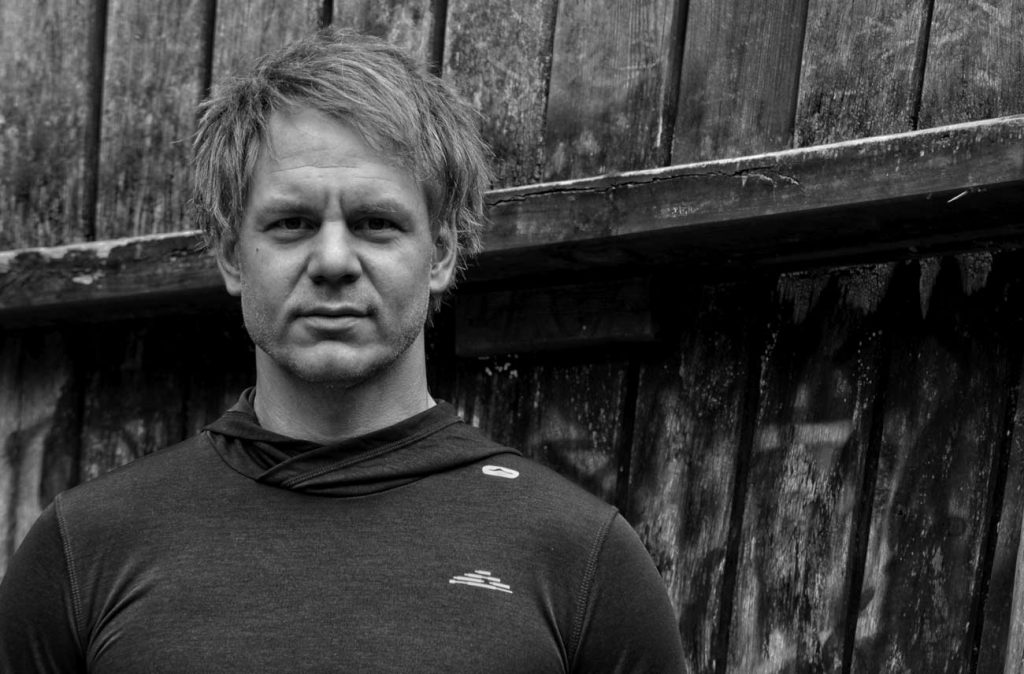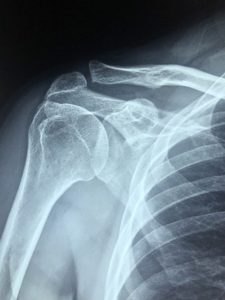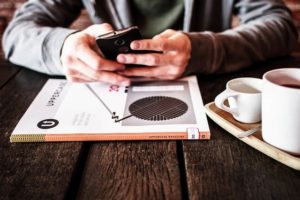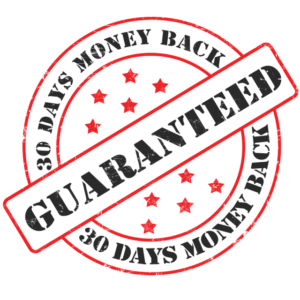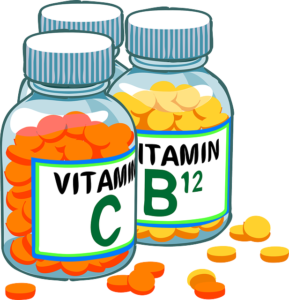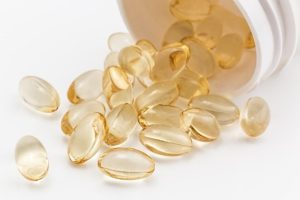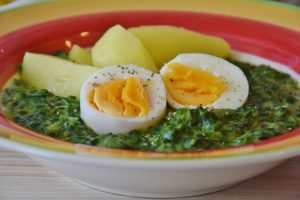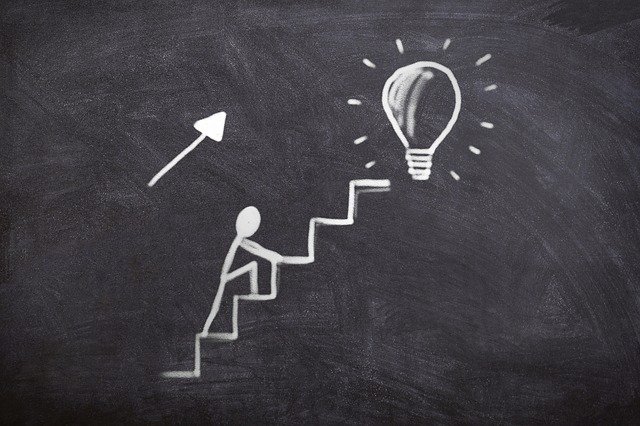The pain relieving expert asks for a talk.”We need to talk again about the inflammation of the bursa aka bursitis. There are still a few points open. Looking for relief? Finally. Well, follow me… see you in a bit.”
We talk about the ellbow, the knee, the shoulder….
For those who are interested in this topic, I can only recommend the first part on the same subject. Link here: https://www.facebook.com/flowmotionIreland/posts/969955893585561
But back to the inflammation of the bursa. This is more common than one might think:
Shoulder: People who work a lot with their arms overhead often get bursitis in the shoulder (bursitis subacromialis). Plasterers, painters and fitters are often affected as part of an occupational disease.
Tennis players are also affected. Elbows: Regular strain on the elbows is considered to trigger bursitis olecrani. The colloquial name “student elbow” comes from students who often rest their elbows while studying.
However, other occupational groups such as technicians and plumbers are affected even more frequently if they lean on their elbows permanently at work. Knee: Statistical studies have shown that craftsmen are particularly often affected by bursitis behind the kneecap (bursitis praepatellaris). Gardeners and carpet or tile layers in particular, who work a lot on their knees, are often taken off sick because of this bursitis. A lot, isn’t it?
Why do the following two movement patterns lead to bursitis in the first place? Single-angle positions: If you work on your knees or lean on your elbows frequently, then the joint lacks sufficient movement and certain areas of the fascia are no longer stretched. There is hardly any interstitial fluid flowing along the fasciae and the fibroblasts neglect their task of nourishing the fasciae. As a result, they become unyielding and literally “stick together”. The same is true for the tendons and ligaments that are traversed by the fascia.
Over time, the joints adapt to the usual “single-angle” position. Narrow-angle movements: However, when a person starts jogging again after, for example, a long break from training, or often works overhead with the help of the shoulder, relatively few and “small” movement patterns are used. The arms and legs are thus controlled at a comparatively narrow and always constant angle. This leaves a certain “residual tension” in the muscles. This helps the body to save energy and to react more quickly when needed.
Just imagine that! Constantly the same movement for years. And this movement only at a certain angle, also over years. And no uneven movements. To all people who train with dumbbells – what happens if I constantly repeat a certain exercise over a long period of time? But not over the entire range of motion, but only over 10% of the angle? Ever done 100 bicep curls over weeks with one arm? Have fun with your aching elbow….
And we now apply this knowledge to the movements of everyday life, to the movements of the working day and to the movements in leisure time and multiply that by years and decades. If we were to remove the residual tension in the muscle, the overphysiological pressure in the system would regulate itself again… Repair processes could finally be completed… pain control by the brain would no longer be necessary, as the brain would no longer register a threat to the joint. How does that sound?
And the nice thing would be, all this without medication and additional support of a therapist. Here comes the catch… You would have to do your exercises regularly. Like brushing your teeth. Or do you have another 30 years of time and desire to put in all that effort. I don’t think so. And you? Whatever.
You know how to contact me, correct?
Stay strong.
Until next time.
Matti


